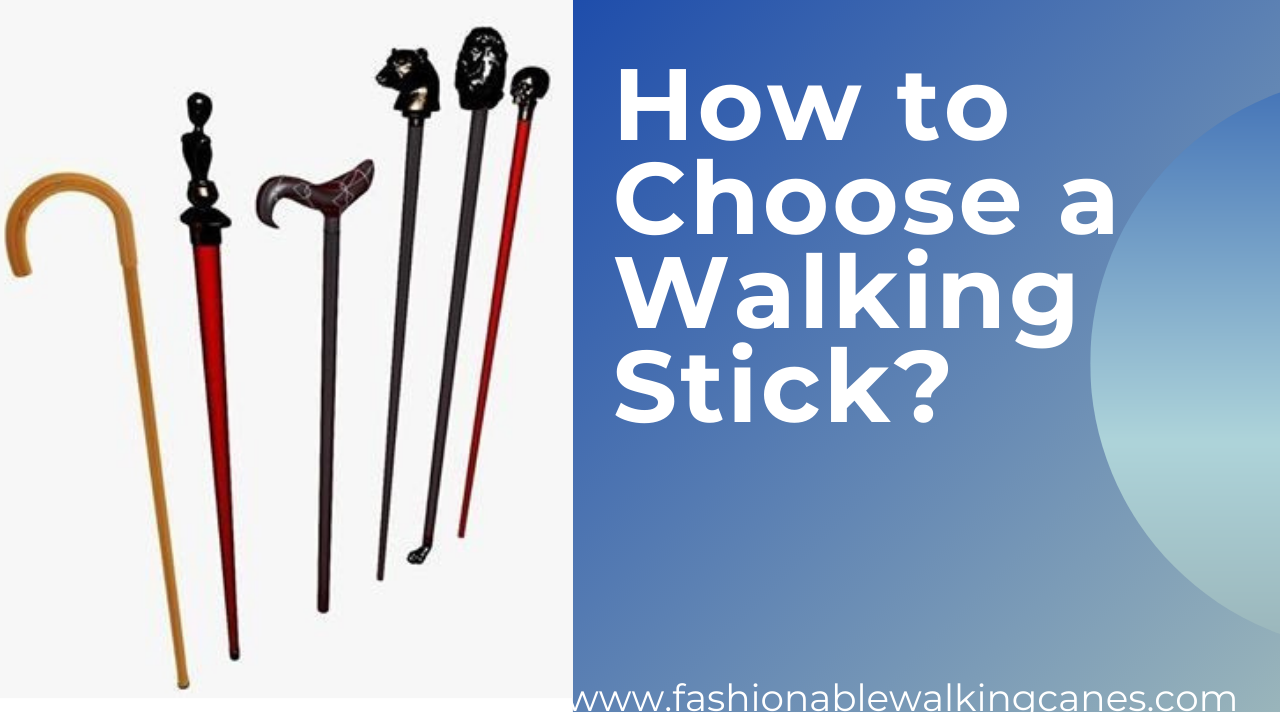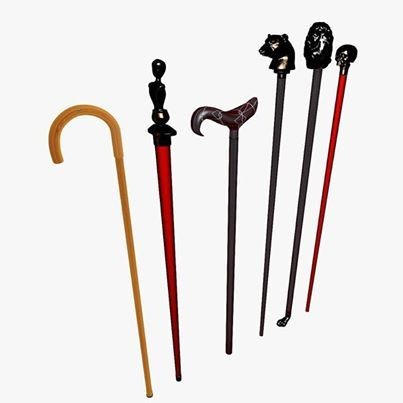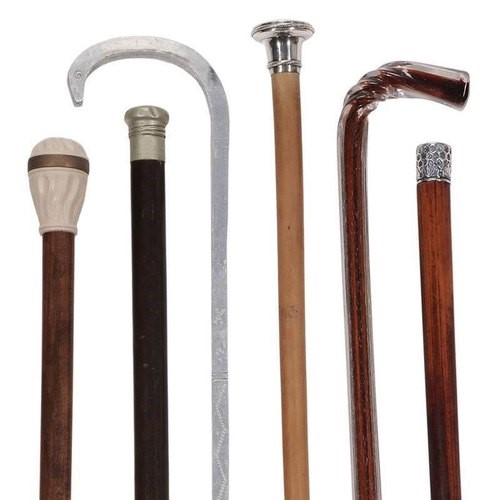How to Choose a Walking Stick?

If a store has many options, a buyer gets worked up. When they are well aware of the product, they can ease their purchase decision and post-purchase evaluation. For example, if you are well-acknowledged about the size of a walking stick and the types of handles used in it, you can outnumber a salesperson. It also shortens the buyer journey.
So, what should you look for in a walking stick? Is it the handle? Or is it the material type used in a walking stick? After all, it is a mobility device, which centers an equal weight distribution for a healthy balance. What if you didn’t go for a quad base tip for a patient with a neurological disorder? A single tip walking stick prospers with uncomplicated gait problems and lousy balance, while a quad walking stick bears a higher percentage of one’s weight.
What sort of handle should you choose in a walking stick?
Handles, where the palm resides cosily without making a finger crumple from the overuse of a muscle, is an ideal built. The crest of a walking stick lessens the exertion in muscle and increases balance concurrently. Let’s discuss vivid handles used in a walking stick and what you should pick at your convenience.

- Ergonomically shaped handle
It is designed for people with arthritis in the wrist, lessening an exertion (in the wrist) when clutched for an extended period. An ergonomically shaped handle is a favourite among orthopaedics who promise balance and stability among people living with arthritis.
- Chestnut crook handle
The crook handle easily attaches on one’s arm, rails of the staircase, and an armchair, when it is unengaged in balancing or walking. Though it doesn’t vow ideal stability, it is utilized during routine activities.
- Derby handle
Like chestnut crook handles, it clings to an individual arm and armchair when out of use. It is slightly curved than a rounded crest, which relieves muscle tension amidst the balance.
- Petite handle
The feature of a petite handle resembles a derby handle. It is specifically designed for people with smaller hands so that they can rest their palms conveniently.
- Ergonomically designed plastic handle
It is the best fit for people recovering from short-term injuries. People who might not require a walking stick later use it for improving their gait problems.
- Fischer handle
It is an ideal handle built for receding palm stress, especially for people with arthritis. The handle allows even weight distribution of a respective palm despite holding for a long duration. If you are fetching a walking cane to subside arthritic conditions, Fischer handle styled walking cane comes in handy.
The appropriate length of a walking sticks; how do you measure it?
Wear a regular shoe, stand erect, and a walking stick shouldn’t surpass your wrist bone. What’s the use of a walking stick if it’s too lengthy and you have to exert pressure on your upper arm to reach it? Also, it’s not recommended to use a short walking stick, where you have to slant too forward and trigger an ache in the upper back.
If it’s an aluminium walking stick, it is provided with a push-button, which automatically adjusts the shaft’s length. In the case of a wooden walking stick, you should buy a lengthy one so that you can cut it appropriately till it reaches a precise cut.
Material types of a walking stick- Wooden or aluminium stick?
Are you gaga over hand-carved wooden walking sticks or the elegant texture of an aluminium walking stick?

- Aluminium walking stick
Most aluminium walking sticks have feathery weight such that they can be folded and chained up in a travel bag. Also, they aren’t required to cut down like a wooden walking stick to match a proper length for a user. Instead, they are accessible with height-adjustable buttons and are feasible to short and tall people. Hence it is a popular mobility device due to its degree of flexibility.
- Wooden walking stick
Wooden walking sticks are produced from sturdy nature like oak, chestnut, blackthorn, hazel or beech wood. If you admire nature and traditional hand-carved designs, a wooden walking stick is the best fit for the choice. They are robust, durable for an extended period, and possess a lifetime warranty, unlike aluminium walking sticks, which might require frequent repairing.
Thus, what would you handpick? – aluminium or wooden walking stick?- Chestnut crook handle or Fischer handle? Now, isn’t it a piece of cake in picking the kinds of a handle, material type and length of the shaft in a walking stick?